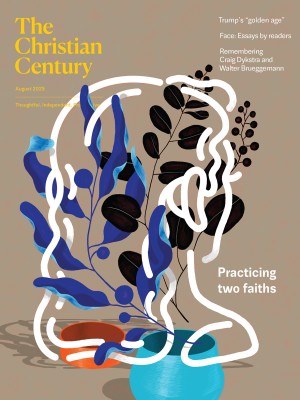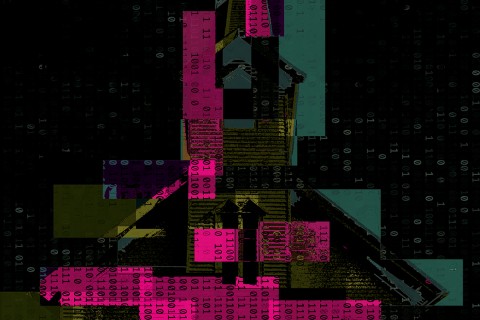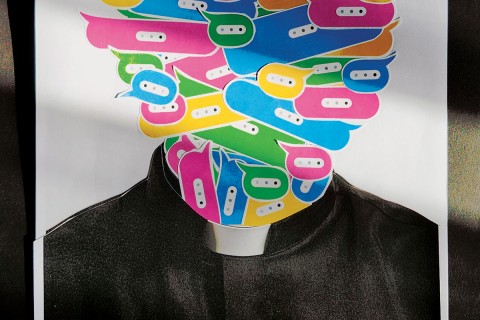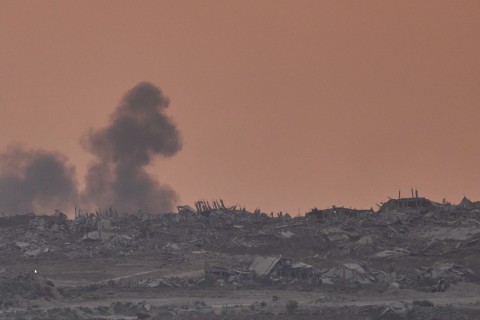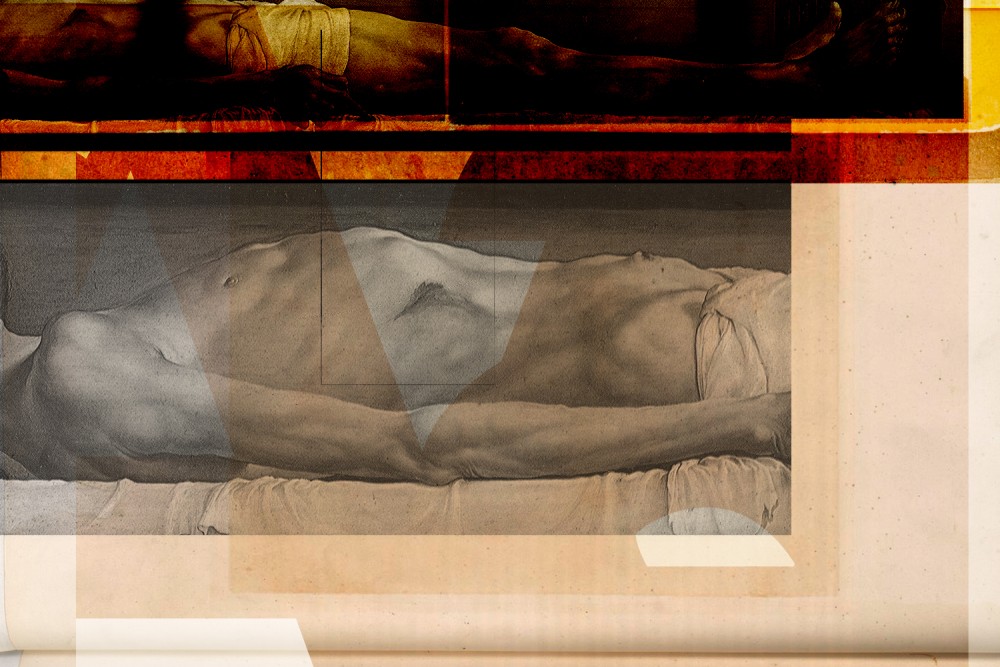
Century illustration (Source images: Creative Commons)
I am endlessly fascinated by the metaphorical and theological possibilities of the body. I speak about them often when I preach. I like how they both keep me grounded (my disabled body is a constant reminder of limitation and, indeed, possibility) and also let me soar (I’ve found no more wonderful thing on my pilgrimage of faith than to be part of the Body of Christ).
Some parts of the body attract more attention than others, however. The human face is compelling. It is the subject of great art and the focus of a billion selfies. Hands and the heart, too, have their interest. Women know only too well that certain parts of our bodies are fetishized. And men increasingly have become mesmerized by looking strong and fit.
Read our latest issue or browse back issues.
Other body parts, meanwhile, are treated as shameful or unclean. I do not even need to mention them for you to be thinking about them.
For every part of the body that is attended to, something else is barely seen. I think part of my vocation both as a theologian and as a poet is to attend to the ignored parts. My hunch is that in doing so I might discover something of unexpected value.
Consider, for example, the “side” of a body. What even is a side? What does it include? The whole of one extreme edge, right or left, excluding the top of the head? Or is it the edge of the upper torso as well as the edge of the lower abdomen?
This matters to me because of an iconic moment during Christ’s Passion in John’s Gospel: “The soldiers therefore came and broke the legs of the first man who had been crucified with Jesus, and then those of the other. But when they came to Jesus and found that he was already dead, they did not break his legs. Instead, one of the soldiers pierced Jesus’ side with a spear, bringing a sudden flow of blood and water” (19:32–34).
This moment always stops me dead. It invites me into a space for theological and poetic play: for “side” implies a zone away from the main corpus of the body, the edge or margin rather than the center. It’s a place where queer things can happen.
To give a somewhat facetious example, when “side” is applied to a billiard ball, it can do incredible things, like swerving around another ball in a seemingly impossible way. At the wild edge of things there is space for the strange and the odd, for stuff that defies our usual ways of going on. New things may be shown at the side, among the sidelined, away from the center of things.
A side can also sometimes mean “of secondary significance.” Think of side dishes or side plates at a meal. They exist to go with the main course. Side, then, is not as important as those aspects of body normally granted attention (hands, feet, head, heart). I note too that the sidelines can be a powerful place from which to say uncomfortable truths. And it can be an awful place too, where one speaks and is unheard by those at the center of the narrative.
Side is no simple good, either. It holds risk, for “side” can also mean bias, a position, even prejudice, a cause for war and conflict. Which side are you on? In an age of polarization, sides seem unavoidable but also hold dangers. They lead to vilification and othering; they motor hate. When you have been the object of hate, it is hard not to rush for comfort from those who support “your side.” Side is dangerous and risky, then, though sometimes necessary.
Where does Jesus’ wounded side sit within this rich theological and poetic ecology? Well, for this disabled person, it gives me hope and a vision of God’s solidarity with disabled and “different” people. I have a permanently wounded side due to an ileostomy. My latest stoma was formed this April. I will always have a side that is open and wounded. I bleed; mess flows out of me constantly.
I know this is something that many people do not want to talk about. Having a colostomy bag is something associated with ill and older—and therefore vulnerable—people. Yet the One Who Saves has a side wound, too. He carries it forever into the being of God.
The soldier pierces the side of Christ, and blood and water issue forth. And, yes, we can say that such a thing is simply a physiological side effect of crucifixion, of suffocation: the body drowns. Pierce the side of a crucified body, and blood and water will issue forth. But as I suggested at the beginning, side is also a place where odd and strange things happen.
From the side of Christ, the signs of a new birth, a new relationship, and a new body are revealed.
In the Genesis myth, God takes a side from ha’adam, the earth-creature, to make Eve. Though typically translated as “rib,” the Hebrew word tzela is actually a side, not a rib. There is a rabbinic tradition that suggests that ha’adam is divided in two. The side of the earth-creature is torn to make it into humanity.
So perhaps the wound in the side of Christ is something else: a birth canal. For the birth of what? The church? A renewed covenant? A richer, stranger, queerer vision of us as image-bearers than our world of sin will let us dare imagine? Or simply of love flowing freely, love shown forth in water and blood, too much to bear until we are raised anew in Christ. At the side, the center does not hold; it is decentered, dethroned, transformed.


